The 12-day war between Iran and Israel, which many believed would mark the end of Tehran’s capabilities, ended in an unexpected defeat for Tel Aviv and a retreat by Washington; a battle that not only shattered the myth of Israel’s military invincibility but also established Iran as an emerging power in the equations of the Middle East.
Professor Dr. Muhammad Khan: Professor of Politics and International relations-IIUI
 The 12-Day Israel-Iran Conflict ended with unexpected outcomes. Given Israel’s military prowess, supported by unwavering U.S. assistance, it was widely assumed that Iran would be overwhelmed beyond recognition, and Israel would emerge as the dominant, unchallenged power in the Middle East. Iran, already under harsh economic and military sanctions for over two decades, seemed ill-equipped to withstand Israel’s military force—backed by the U.S. and Europe. Additionally, Iran had faced regional isolation since the Islamic Revolution of 1979, with most Arab states remaining unfriendly. In this context, the 12-Day War was seen as a confrontation between Iran and the “Rest.” However, the conclusion of this brief yet intense, technology-driven conflict defied expectations: Iran emerged victorious, establishing itself as an emerging power in the region.
The 12-Day Israel-Iran Conflict ended with unexpected outcomes. Given Israel’s military prowess, supported by unwavering U.S. assistance, it was widely assumed that Iran would be overwhelmed beyond recognition, and Israel would emerge as the dominant, unchallenged power in the Middle East. Iran, already under harsh economic and military sanctions for over two decades, seemed ill-equipped to withstand Israel’s military force—backed by the U.S. and Europe. Additionally, Iran had faced regional isolation since the Islamic Revolution of 1979, with most Arab states remaining unfriendly. In this context, the 12-Day War was seen as a confrontation between Iran and the “Rest.” However, the conclusion of this brief yet intense, technology-driven conflict defied expectations: Iran emerged victorious, establishing itself as an emerging power in the region.
Iran’s success against Israel and its allies can be attributed to five key factors: a) National Resolve: The steadfast will of the Iranian people, who endured severe regional and global sanctions, b) Leadership: A visionary, honest, and selfless leadership that commanded national trust, c) Innovation: A team of enthusiastic, innovative scientists driving new advancements in future warfare technology, d), Military Professionalism: A well-organized, highly professional military with multi-layered leadership, e) Spiritual Belief: The unwavering belief in the Divine Power of Allah, which provided Iran with moral fortitude and resilience.
The announcement of a sudden ceasefire by President Trump, following Iranian missile strikes on U.S. military bases—specifically, the Al Udeid Air Base in Doha-Qatar, shocked political and military strategists. After these missile strikes, it was widely anticipated that the U.S. would retaliate severely against Iran, leading to significant military, economic, and human losses. The U.S. had even promised an all-out attack after bombing three Iranian nuclear facilities. However, to the surprise of many, President Trump unilaterally declared a ceasefire. The reasons behind his decision remain a source of much speculation, with no clear explanation emerging. Scholars of security studies offer two main interpretations of this turn of events. One camp of security experts argues that the entire Israel-Iran conflict may have been a staged operation, with the missile attacks and the subsequent U.S. strikes prearranged.
This theory is difficult to reconcile with the surprise, innovation, and intelligence-driven nature of the Israeli assault on Iran, which suggests a real, longstanding conflict between the two nations. The other camp of international relations scholars’ presents a different analysis, highlighting three primary factors and two supplementary assertions. One; Underestimation of Iran’s Resolve: Prior to the war, both Tel Aviv and Washington underestimated Iran’s military capabilities and national determination, assuming that Iran would surrender within days. Early attacks targeting key Iranian military leaders, scientists, and munitions sites seemed to support this assumption. However, Iranian leadership quickly regrouped and retaliated, launching missile strikes on major Israeli cities, creating widespread panic and alarm within Israel. The intensity of Iran’s missile strikes only escalated as the war progressed, heightening Israeli insecurity and frustration among political and military leaders.
Two; Israeli Political and Military Crisis: The scale of the Iranian counterattacks forced Israeli Prime Minister Netanyahu to seek assistance from President Trump, fearing both military defeat and growing domestic opposition to his rule. The Israeli prime minister used his connections with the U.S. political elite to pressure President Trump into escalating the conflict. U.S. intelligence, which had already gauged the depth of Iranian resolve and military capabilities, initially planned only a targeted strike on abandoned nuclear sites. Despite this, Iran’s retaliation remained limited, symbolically significant, and pre-announced. Three; Political Calculations in the U.S.: Netanyahu leveraged the influence of the Israeli lobby in the U.S. to secure a more aggressive stance from Washington. By drawing the U.S. into the conflict, Netanyahu hoped to bolster Israel’s position. However, while American attacks on Iran’s nuclear facilities caused limited damage, they sparked domestic backlash and heightened fears of Iranian retaliation.
The immediate ceasefire brokered by President Trump can also be understood in light of two broader strategic considerations: a) Iran’s Strategic Options: Iran had the potential to launch missile strikes against all U.S. bases in the Middle East, using both direct attacks and proxies, which could have encircled the entire region. Such an escalation would have significantly altered the strategic balance. b) Arab Sentiment: While Arab elites had traditionally sided with the U.S. and Israel; the Arab masses were growing increasingly alarmed by the ongoing chaos in the region. Many in the Arab world began to recognize that this conflict was not about the safety of Arab nations, but rather a wider struggle for sovereignty, identity, and nationalism. Indeed, the conflict was part of a broader imperialistic agenda by Israel and the U.S., with Iran acting as a defiant force standing against these designs.
For the Arab world, the war underscored three critical lessons: a) The need to stop outsourcing their sovereignty to external powers, b) The importance of rethinking their blind faith in the West and the Abraham Accords and c) The urgency of forging a broader Muslim unity, under the banner of Islam, to confront external threats.
Ultimately, Iran’s resistance to Israel and the U.S. not only shattered the myth of Israeli military invincibility but also reshaped the strategic landscape of the Middle East, signaling the rise of a new regional power.

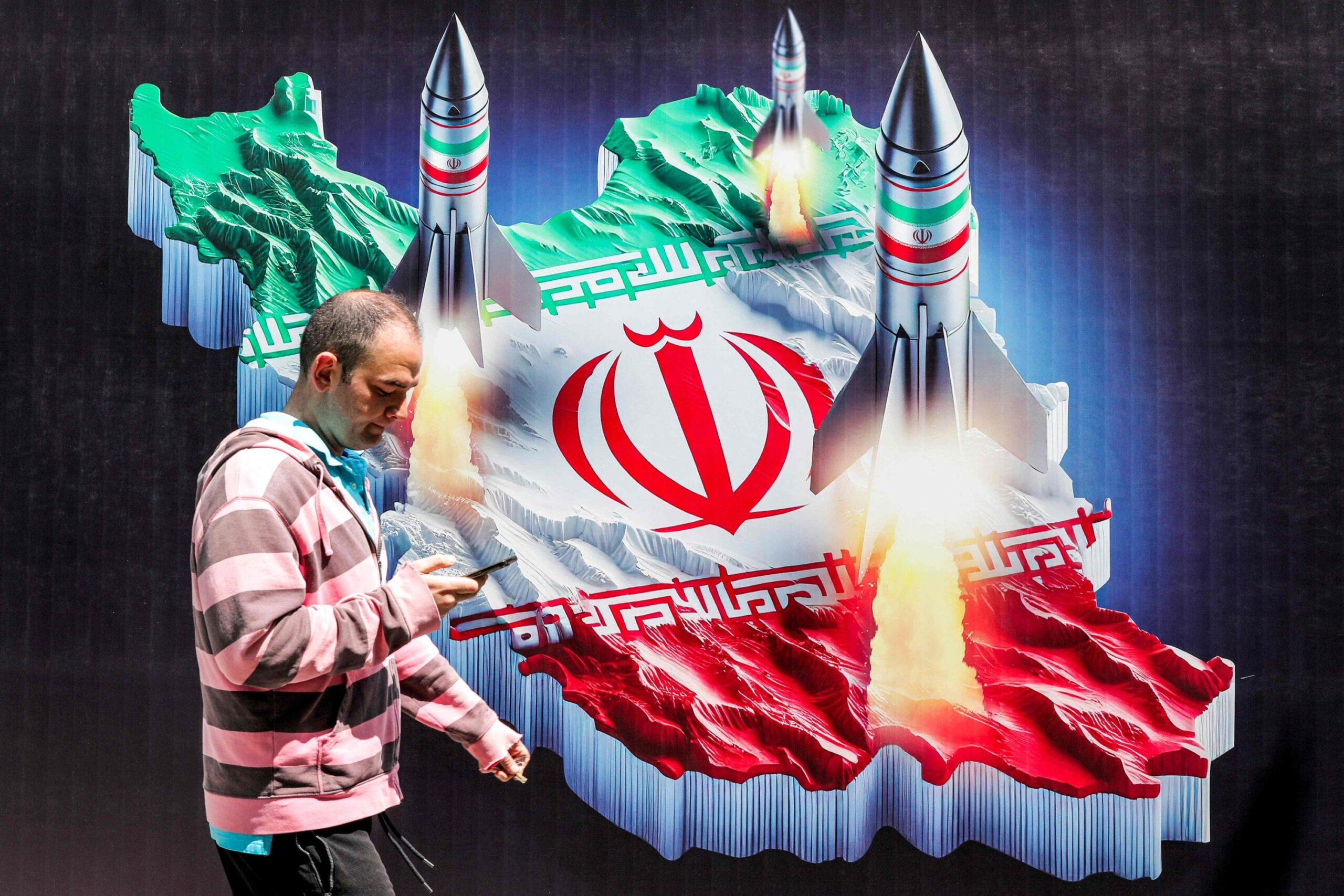
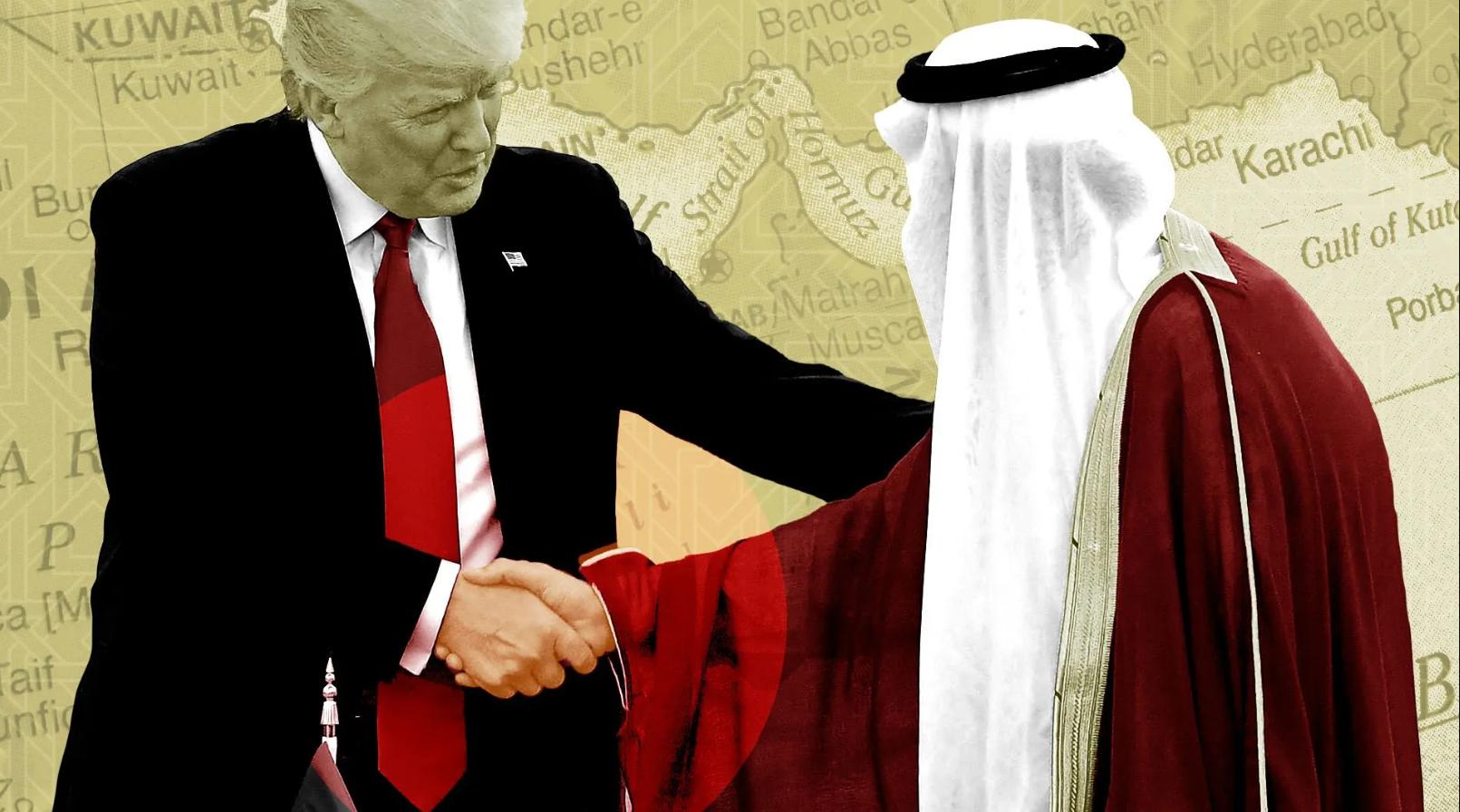
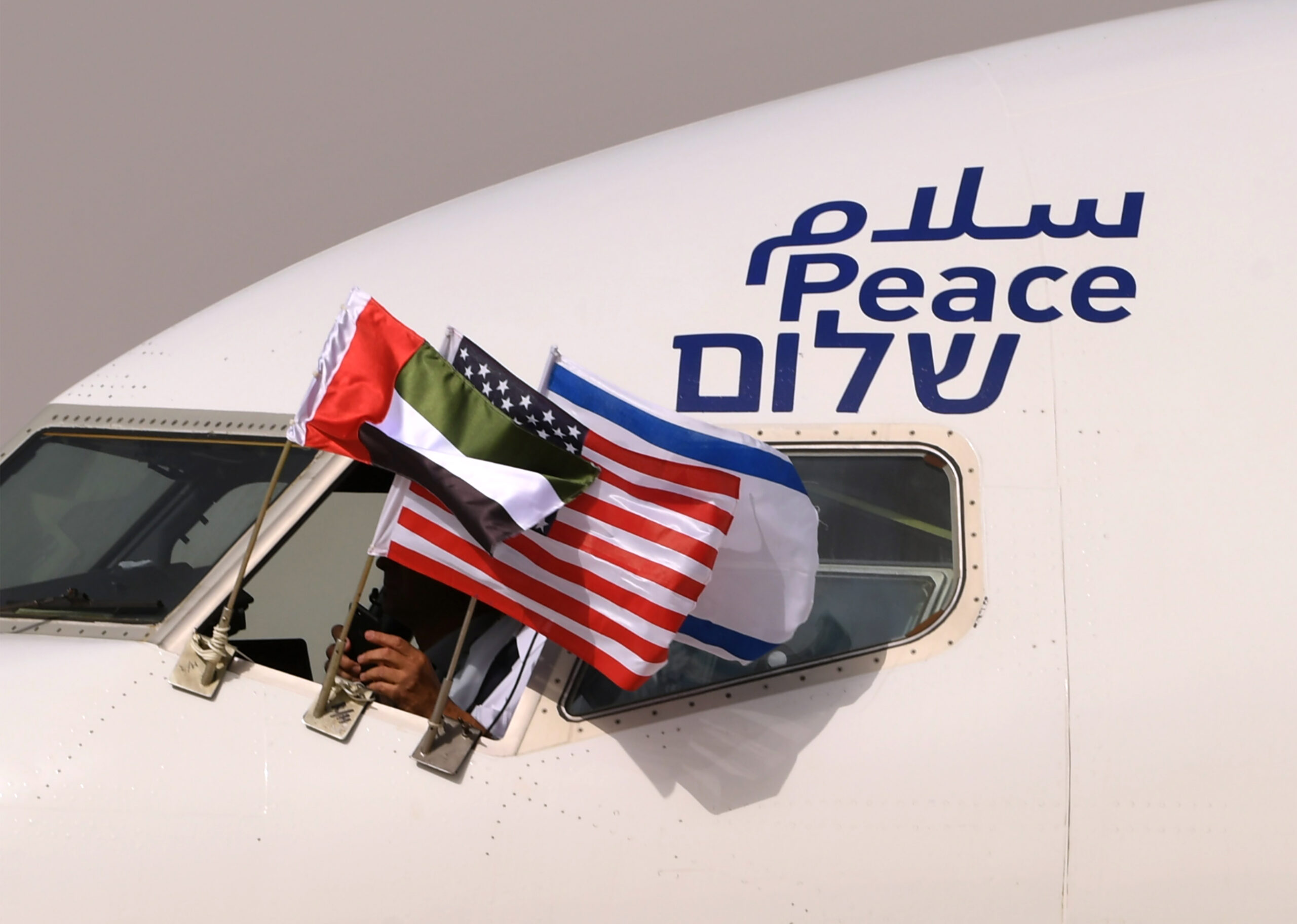
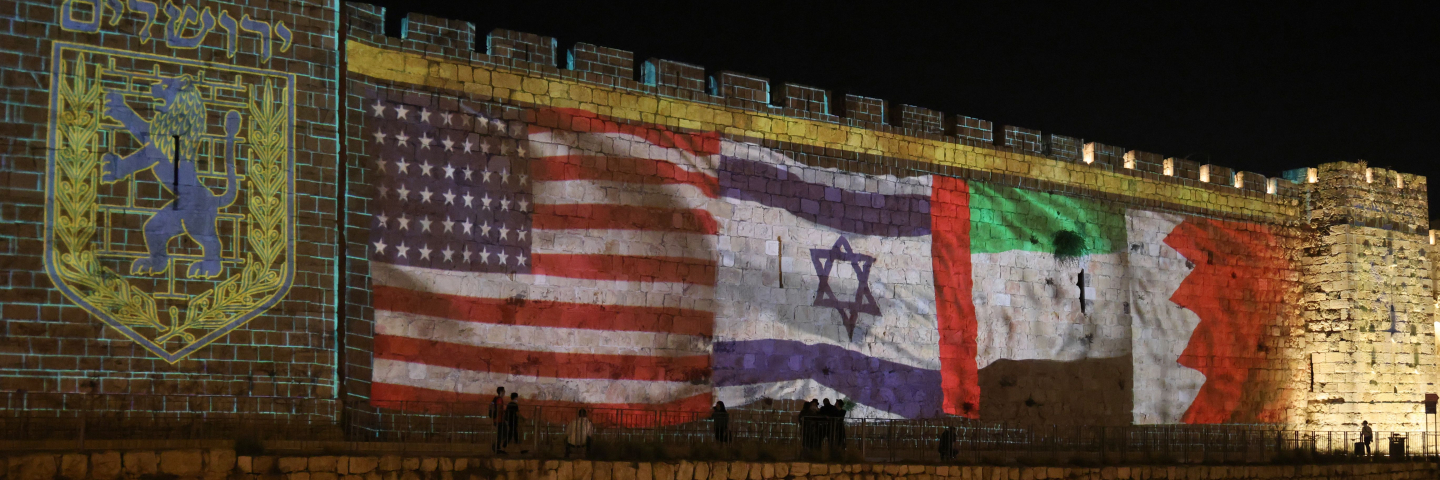
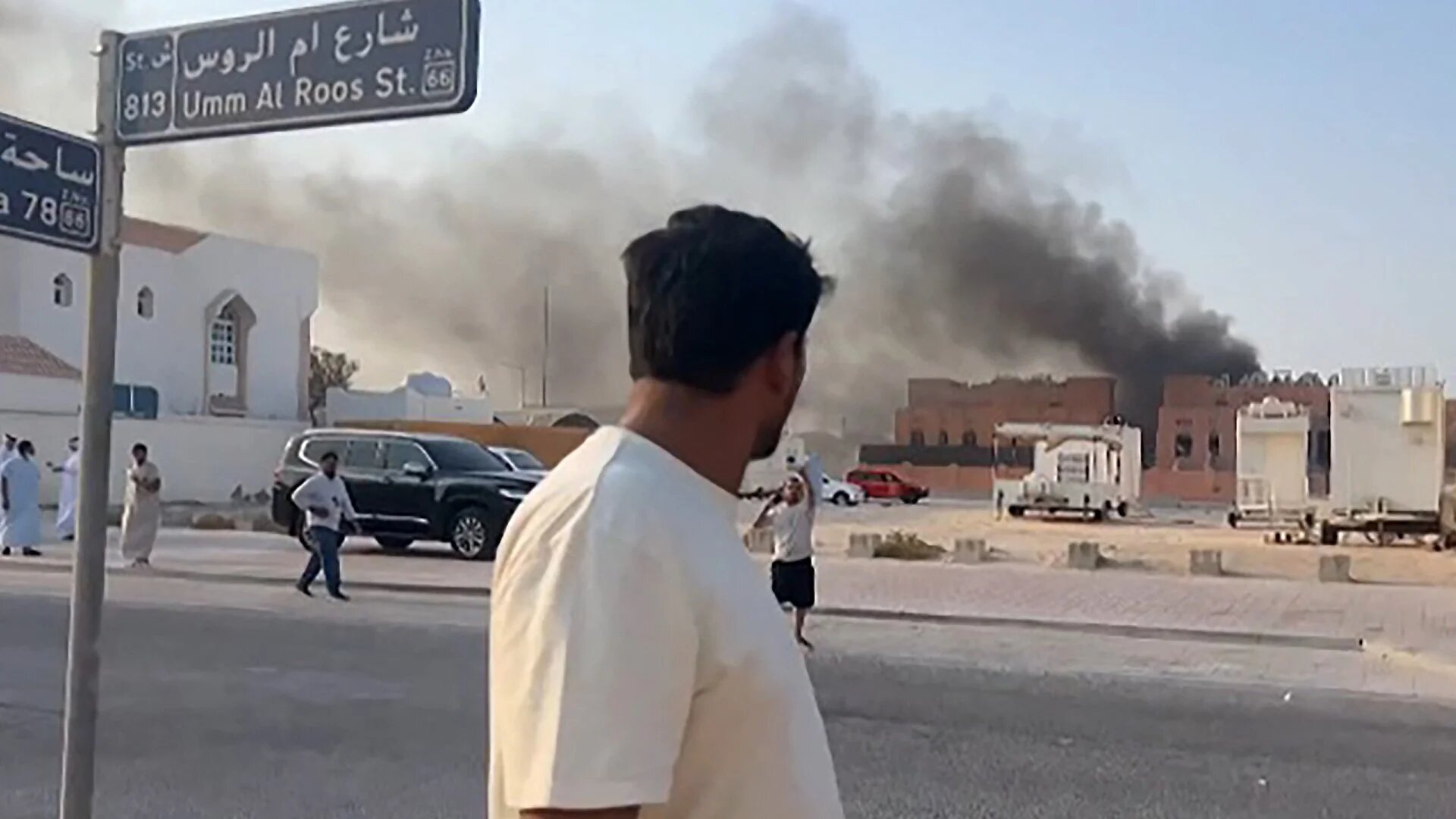

One Response
Excellent analysis with professional knowledge